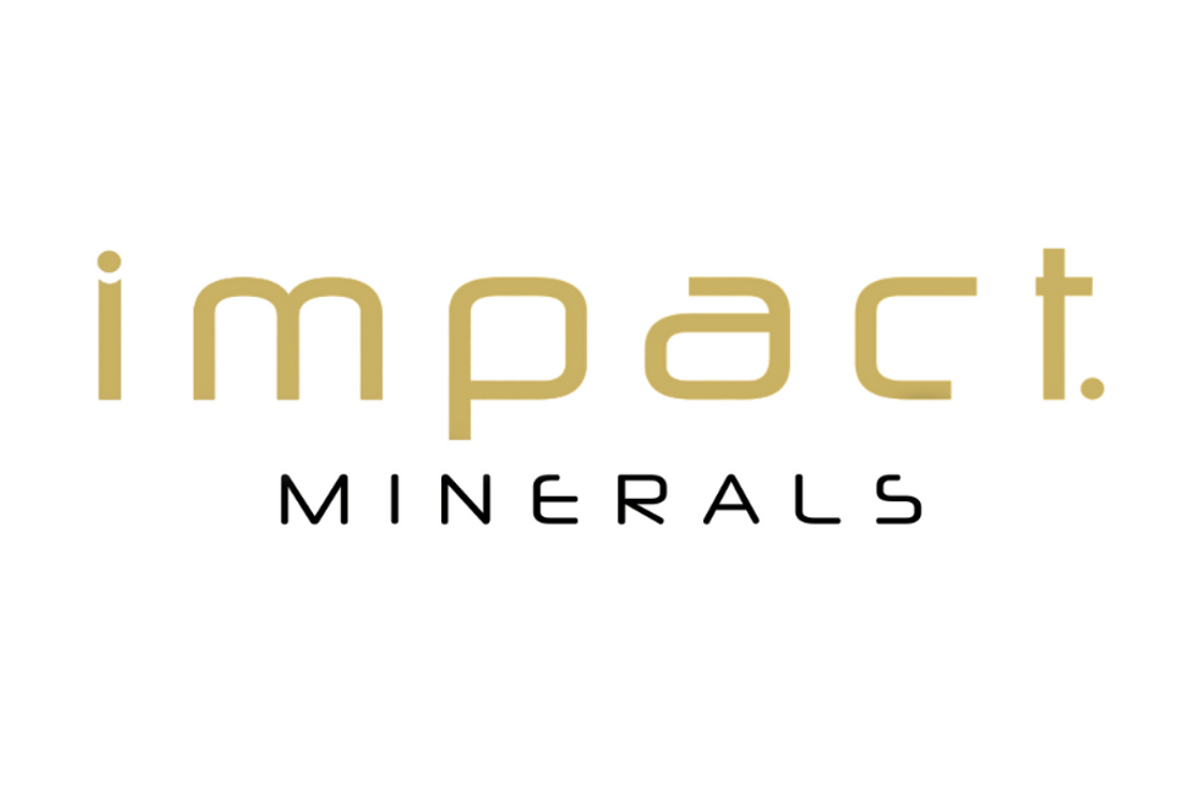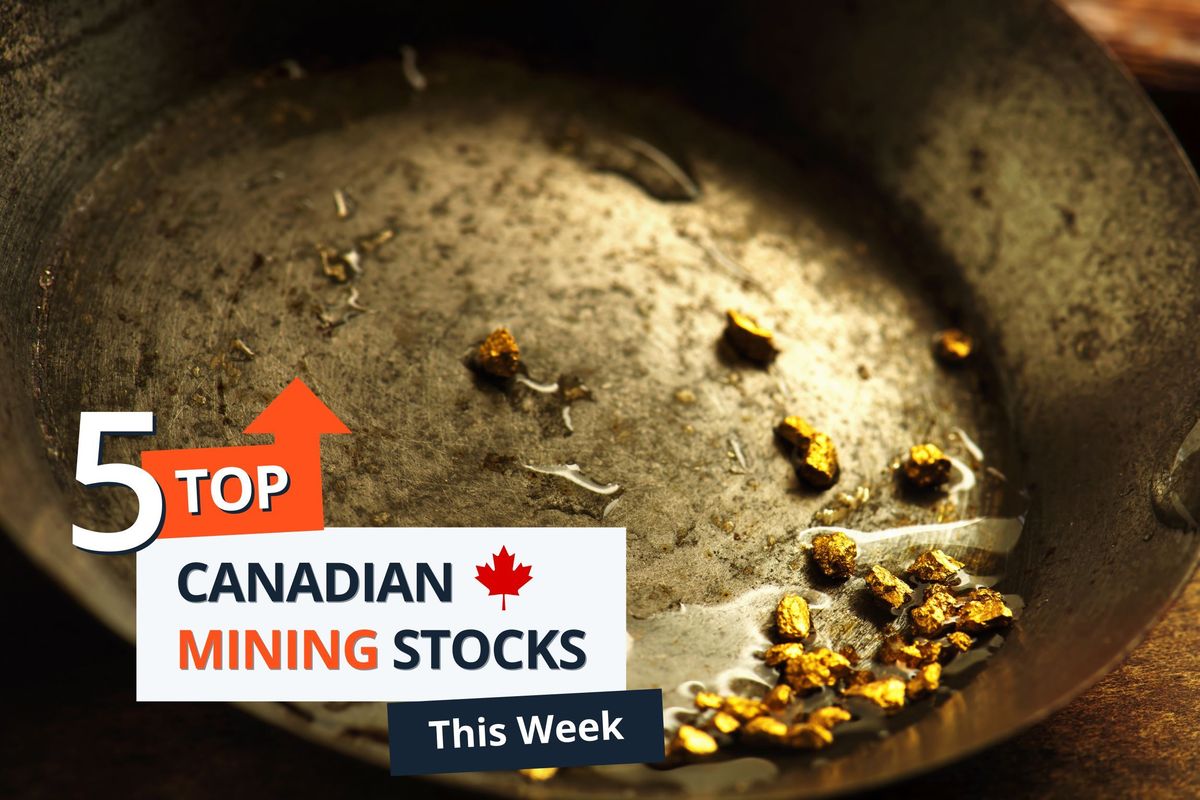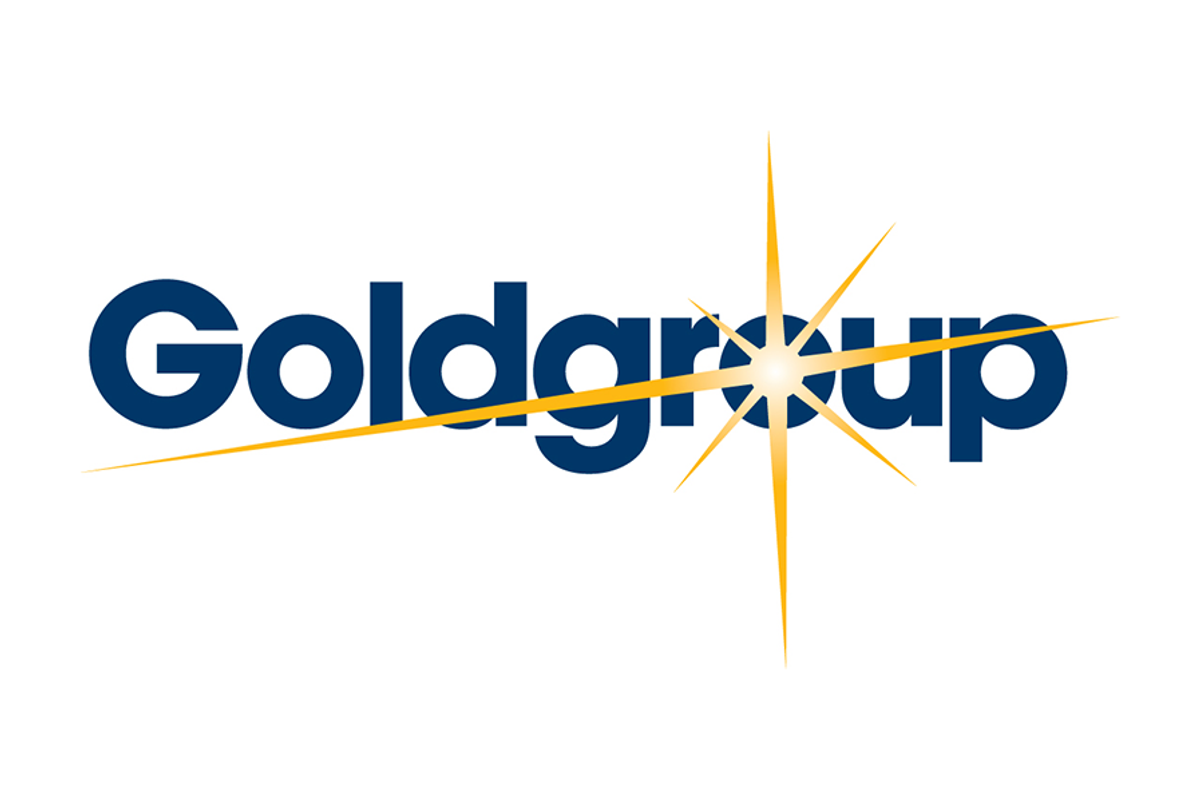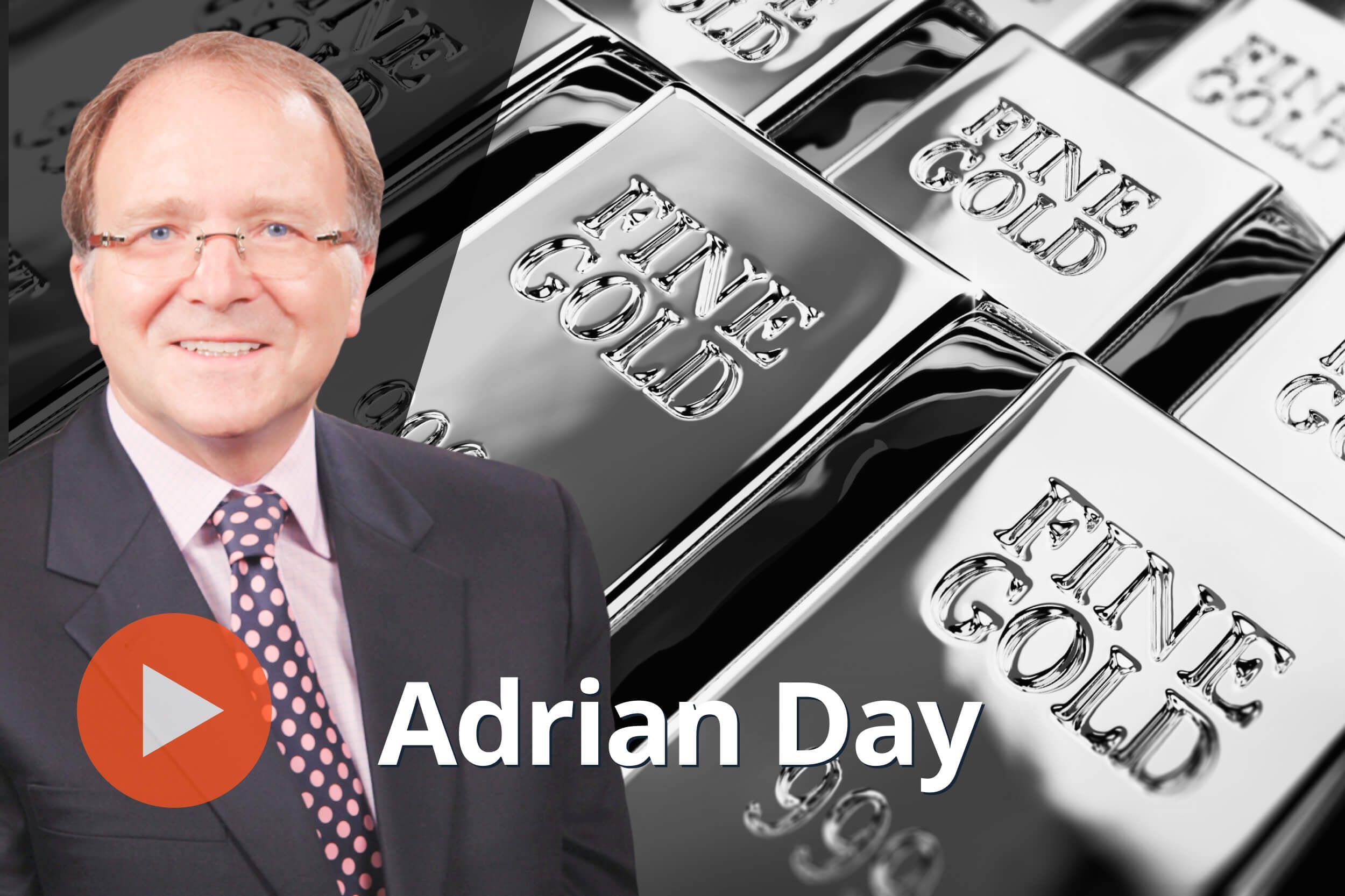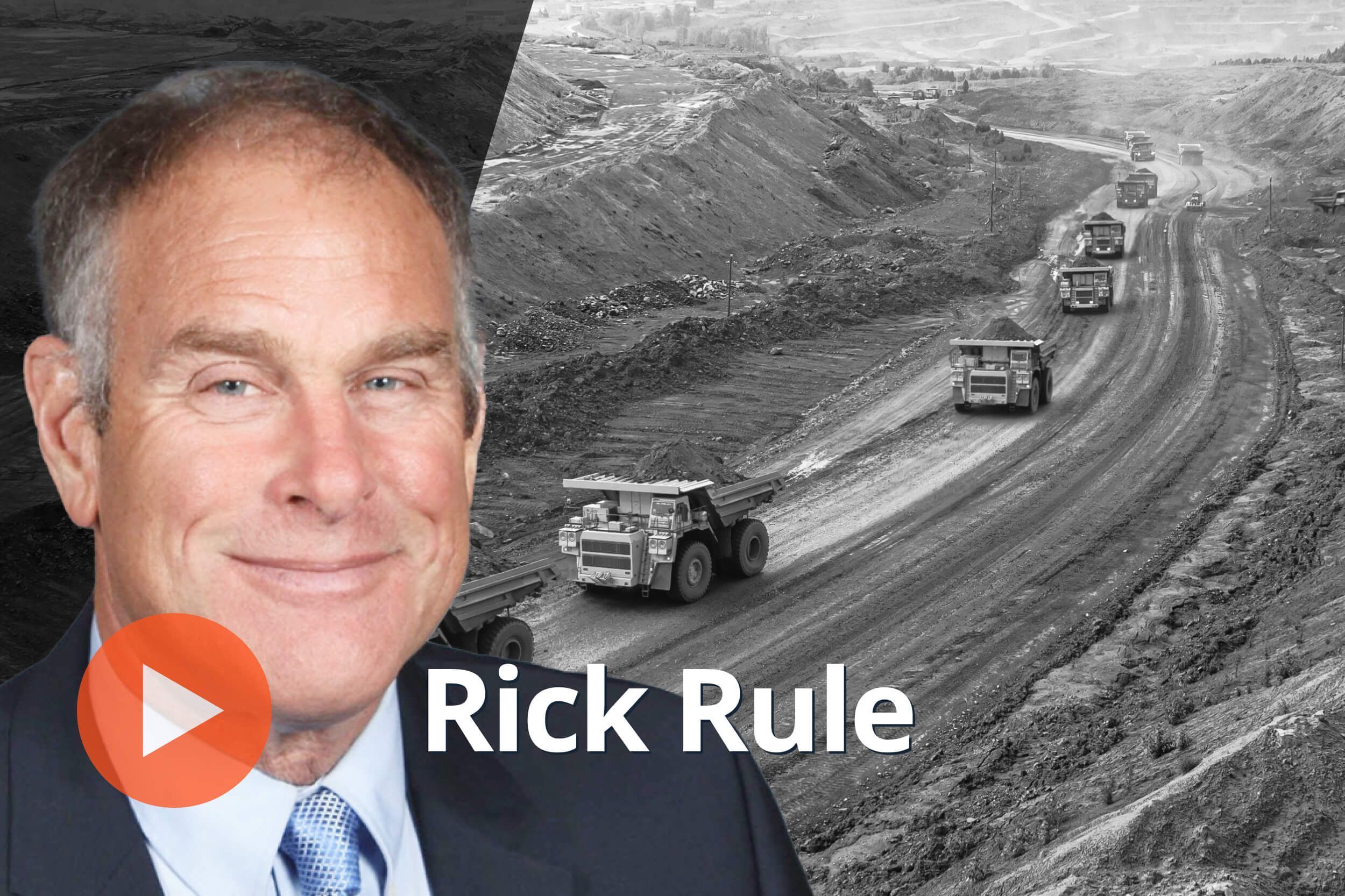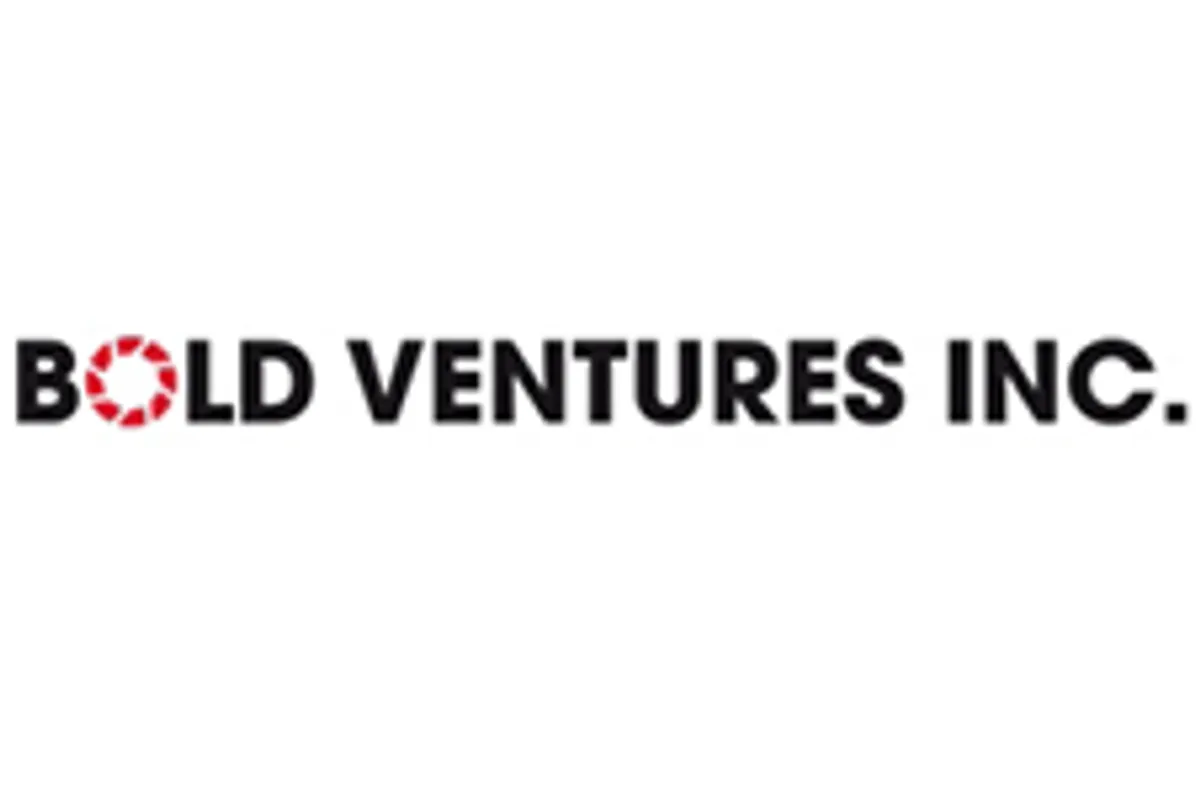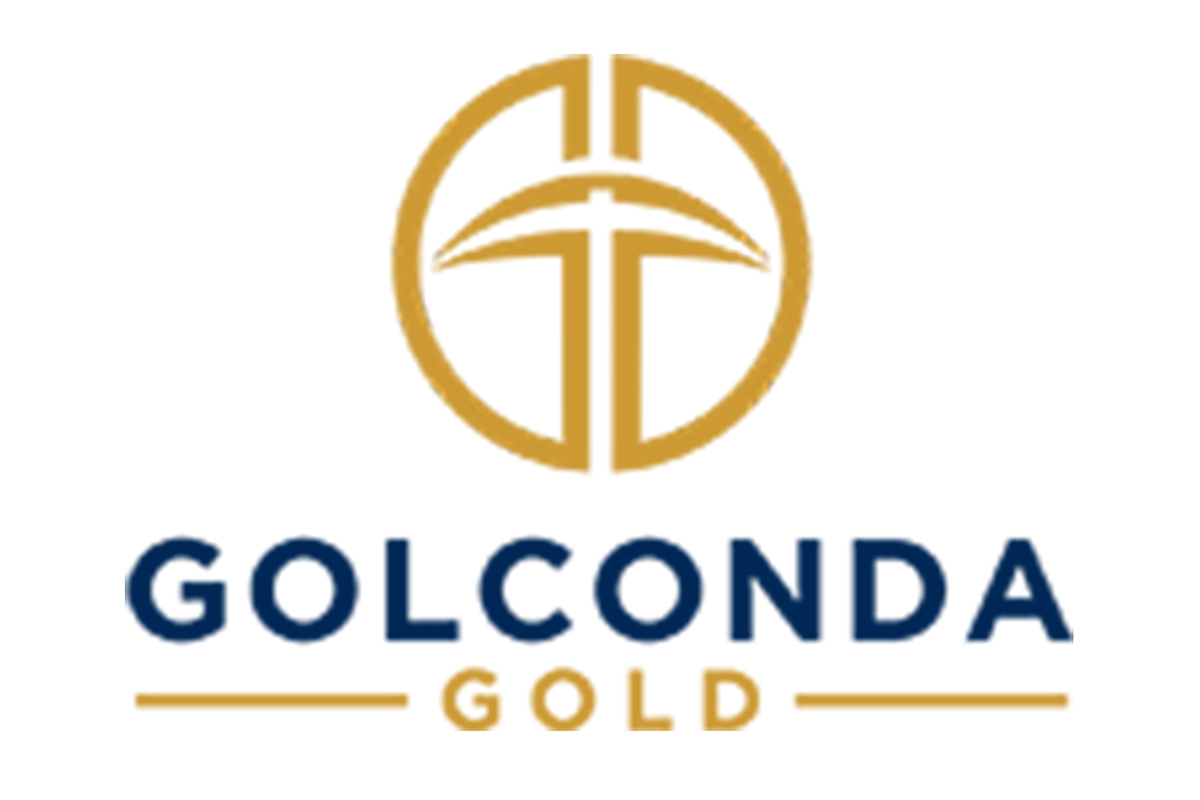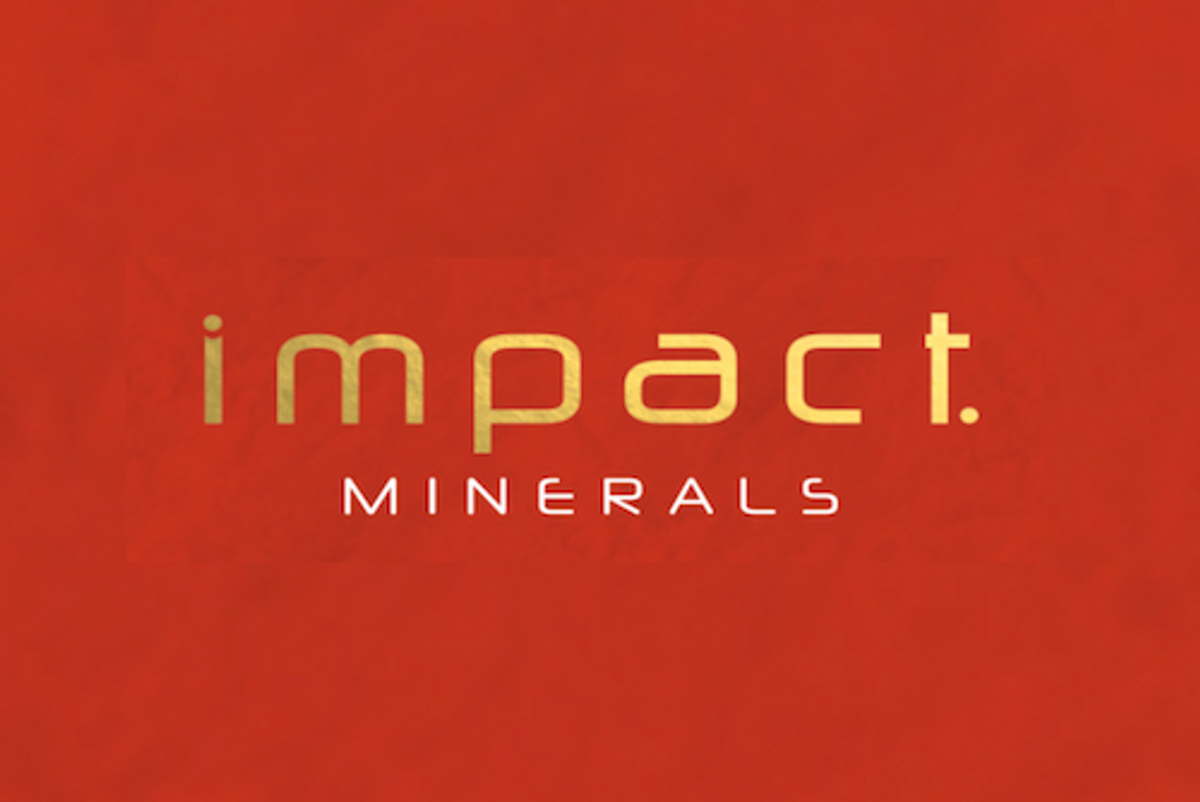
February 13, 2023
Company to provide shareholders with a more proactive way of communication and enquiry support
Impact Minerals Limited (ASX:IPT), today announced the launch of the company’s new interactive InvestorHub.
For both existing and prospective shareholders, the new Impact Minerals Investor Hub hosts the latest company announcements, reports, and presentations. It also provides an interactive online experience allowing the Impact Minerals investor community to comment on and ask the Impact Minerals team questions regarding company news and information via the portal.
Dr Mike Jones, Managing Director said: “As a public company listed on the ASX, we want to ensure all our shareholders, big and small, are able to easily communicate with us. The Impact Minerals Investor Hub enables our shareholders to not only access our latest announcements and news, but it is also a place to interact with us directly.”
Sign up for the Impact Minerals Investor Hub at https://investors.impactminerals.com.au/welcome
Click here for the full ASX Release
This article includes content from Impact Minerals, licensed for the purpose of publishing on Investing News Australia. This article does not constitute financial product advice. It is your responsibility to perform proper due diligence before acting upon any information provided here. Please refer to our full disclaimer here.
IPT:AU
The Conversation (0)
22 October 2024
Impact Minerals Limited
Developing the lowest-cost HPA project in Australia
Developing the lowest-cost HPA project in Australia Keep Reading...
27 March
Successful Completion of the Renounceable Rights Issue
Impact Minerals Limited (IPT:AU) has announced Successful Completion of the Renounceable Rights IssueDownload the PDF here. Keep Reading...
19 March
Renounceable Rights Issue Closing Date
Impact Minerals Limited (IPT:AU) has announced Renounceable Rights Issue Closing DateDownload the PDF here. Keep Reading...
13 March
Major drill targets identified at the Caligula Prospect
Impact Minerals Limited (IPT:AU) has announced Major drill targets identified at the Caligula ProspectDownload the PDF here. Keep Reading...
09 March
NFM: Sale of Broken Hill East Project to Impact Minerals
Impact Minerals Limited (IPT:AU) has announced NFM: Sale of Broken Hill East Project to Impact MineralsDownload the PDF here. Keep Reading...
04 March
Update on the Renounceable Rights Issue to raise $5.2M
Impact Minerals Limited (IPT:AU) has announced Update on the Renounceable Rights Issue to raise $5.2MDownload the PDF here. Keep Reading...
13h
Top 5 Canadian Mining Stocks This Week: Quarterback Resources Scores with 160 Percent Gain
Welcome to the Investing News Network's weekly look at the best-performing Canadian mining stocks on the TSX, TSXV and CSE, starting with a round-up of Canadian and US news impacting the resource sector.Statistics Canada released October’s job numbers on Friday (November 7). The data showed a... Keep Reading...
17h
Goldgroup Files Updated Technical Report on Cerro Prieto Project
Goldgroup Mining Inc. ("Goldgroup" or the "Company") (TSXV:GGA)(OTCQX:GGAZF) is pleased to announce that it has filed an updated NI 43-101 technical report on the Cerro Prieto gold project located in Sonora State, Mexico. The report is entitled "Cerro Prieto Project, Heap Leach Project,... Keep Reading...
06 November
Adrian Day: Gold Far from Top, Two Triggers for Next Price Move
Adrian Day, president of Adrian Day Asset Management, shares his thoughts on gold's price pullback, saying he currently sees no evidence of a top. "It's perfectly normal in middle of a bull market to have a significant correction. This really isn't even a correction yet, let's not forget that.... Keep Reading...
06 November
Rick Rule: Gold Strategy, Oil Stocks I Own, "Sure Money" in Uranium
Rick Rule, proprietor at Rule Investment Media, recently sold 25 percent of his junior gold stocks, redeploying the funds into physical gold, as well as Franco-Nevada (TSX:FNV,NYSE:FNV), Wheaton Precious Metals (TSX:WPM,NYSE:WPM) and Agnico Eagle Mines (TSX:AEM,NYSE:AEM). In addition to those... Keep Reading...
Latest News
Latest Press Releases
Related News
TOP STOCKS
American Battery4.030.24
Aion Therapeutic0.10-0.01
Cybin Corp2.140.00

